There are a number of different fielding positions in cricket, each with its own name and specific role.
Cricket Fielding Positions: Names, Explanations, Differences
Table of Contents
What are Fielding Positions in Cricket? A Comprehensive Guide
Cricket is a sport that is played between two teams of eleven players each. It is a bat-and-ball game that originated in England and is now played widely throughout the world. Cricket is a popular sport in many countries, including India, Pakistan, Australia, England, and the West Indies.
The objective of the game is to score more runs than the opposing team. The game is played on a rectangular field that is divided into two halves by a straight line running down the middle. The fielding team is stationed in the field, while the batting team occupies the other half. A player from the fielding team tries to catch the ball and throw it to a teammate who then tries to hit the wicket (a three-legged structure at each end of the field) with the ball, thus dismissing the batsman.
If successful, the batsman is out and must leave the field. A batsman can also be dismissed if he runs out of bounds, hits the ball into BYes (extra points awarded if a fielder catches the ball), or if his batting partner is dismissed. The team with more players remaining at the end of the game wins.
Basics Of The Cricket Field
The cricket field is oval in shape and is divided into two halves by a line running through the centre. The two halves are known as the infield and the outfield. The infield is further divided into three sections: the off side, the leg side, and the on side. The off side is the half of the field that is furthest away from the batsman, while the leg side is the half of the field that is closest to the batsman. The on side is the half of the field that is between the off side and the leg side.
The cricket pitch is a strip of grass that runs through the centre of the cricket field from end to end. The length of the pitch is 22 yards (20.12 metres) and its width is 10 feet (3.05 metres). The two ends of the pitch are known as the crease lines. The crease lines at each end of the pitch are used to determine whether a batsman is out or not.
The cricket field is surrounded by an area known as the boundary. The boundary can be of any size, but it must be marked clearly so that all players know where it is. The boundary is used to determine whether a batsman has scored a run or not. If the ball hits the ground within the boundary, then the batsman will be awarded a run. If the ball hits the boundary without touching the ground, then the batsman will be awarded four runs.
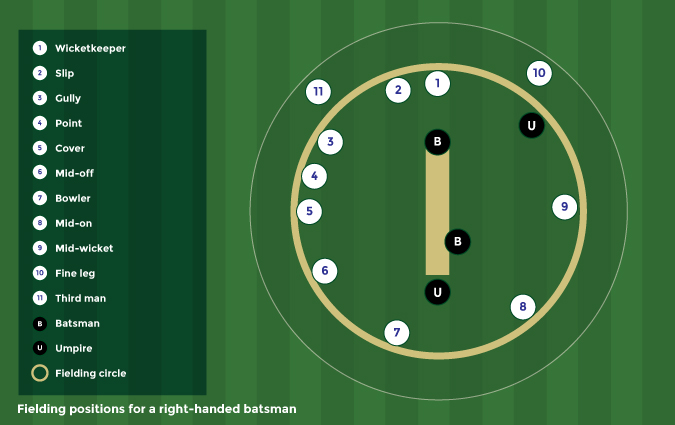
Complete List of Cricket Fielding Positions
There are a number of different fielding positions in cricket, each with its own name and specific role. The names of some of the more common fielding positions are given below.
| S.N. | Names of cricket fielding positions | Types |
| 1 | The Close Catching Infield | Wicketkeeper |
| The Slips | ||
| Gully | ||
| Leg Slip | ||
| Leg Gully | ||
| Silly point | ||
| Silly mid-off | ||
| Short leg | ||
| Silly mid-on | ||
| 2 | The Inner Ring | Point |
| Backward Point | ||
| Mid-Off | ||
| Cover | ||
| Mid-On | ||
| Square Leg | ||
| Backward Square Leg | ||
| Mid-Wicket | ||
| Fine Leg | ||
| 3 | The Outfield | Third Man |
| Deep Point | ||
| Deep Backward Point | ||
| Long off | ||
| Deep Extra Cover | ||
| Long On | ||
| Deep Fine Leg | ||
| Long Leg | ||
| Deep Cover |
Wicketkeeper
The wicketkeeper is a key position in cricket, and is responsible for catching balls that are bowled at the batsman, as well as stumping the batsman if they attempt to run out of their crease. The wicketkeeper also has the opportunity to bowl, and can be an important part of the team’s strategy. Good wicketkeepers are able to anticipate where the ball will go, and react quickly to make the catch. They also need to be very agile, as they often have to move around quickly in order to take catches or stump the batsman.
Slips
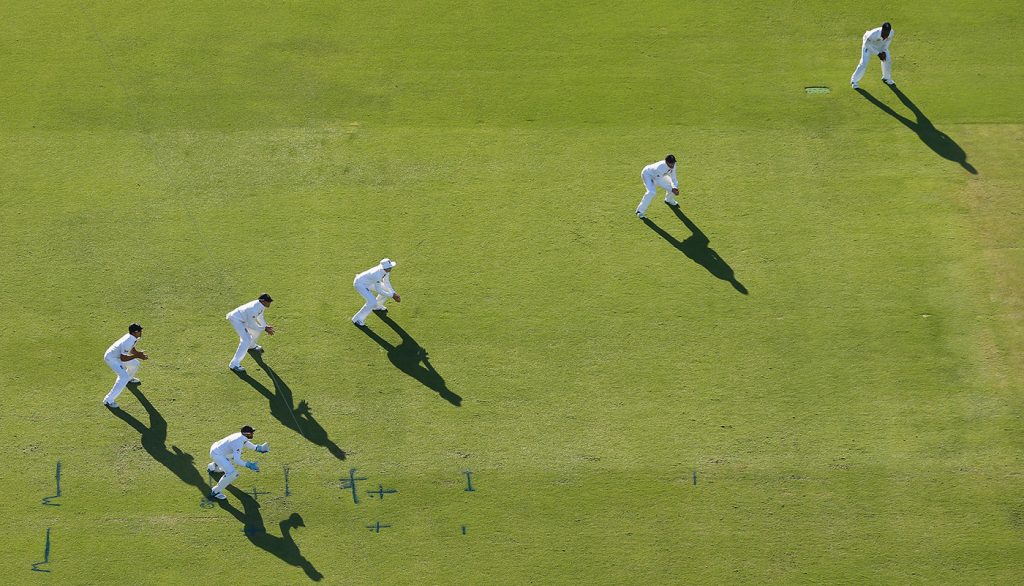
The slip position in cricket is a very important one. It is a position that is typically used to catch any balls that the batsman edges towards them. This can be a difficult task, as the ball can travel quickly and it can be hard to catch it if you are not in the right position. The slip position can also be used to catch balls that are hit high in the air. If you are positioned in the right spot, you can catch these balls before they reach the ground.
Gully
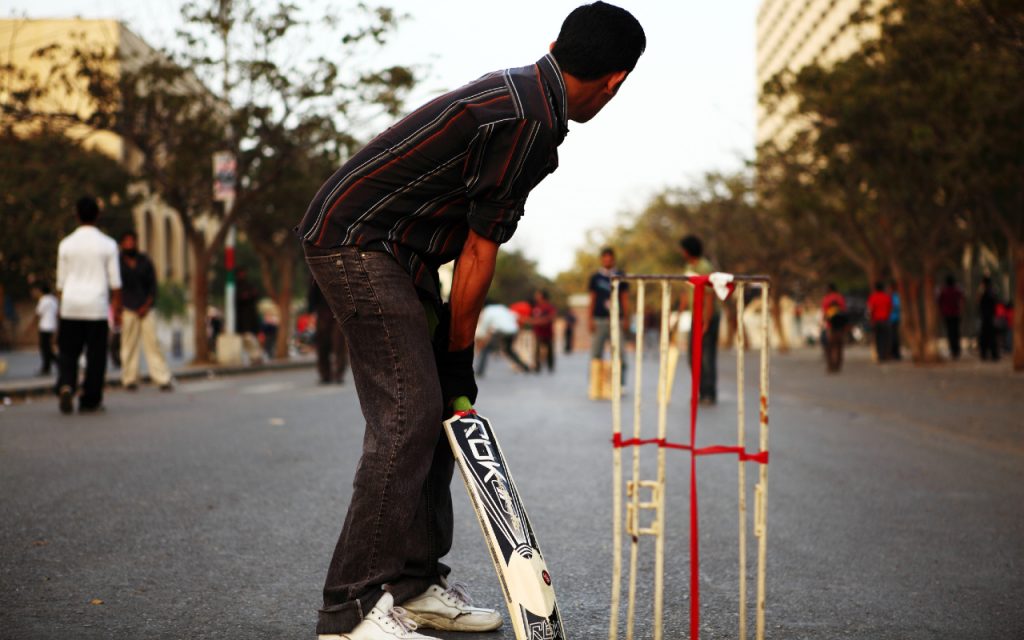
The gully position in cricket is a key fielding position. The fielder at gully is responsible for stopping the ball from passing between the wicket and the slips, and they can also be used to stop shots that are hit towards the boundary.
The gully fielder needs to be quick and agile, as they need to move to their position quickly after the ball has been bowled. They also need good throwing and catching skills, as they may need to take some difficult catches.
The gully fielder is usually positioned further away from the batsman than the slips, and they usually stand behind the batsman so that they can see the ball better.
Point
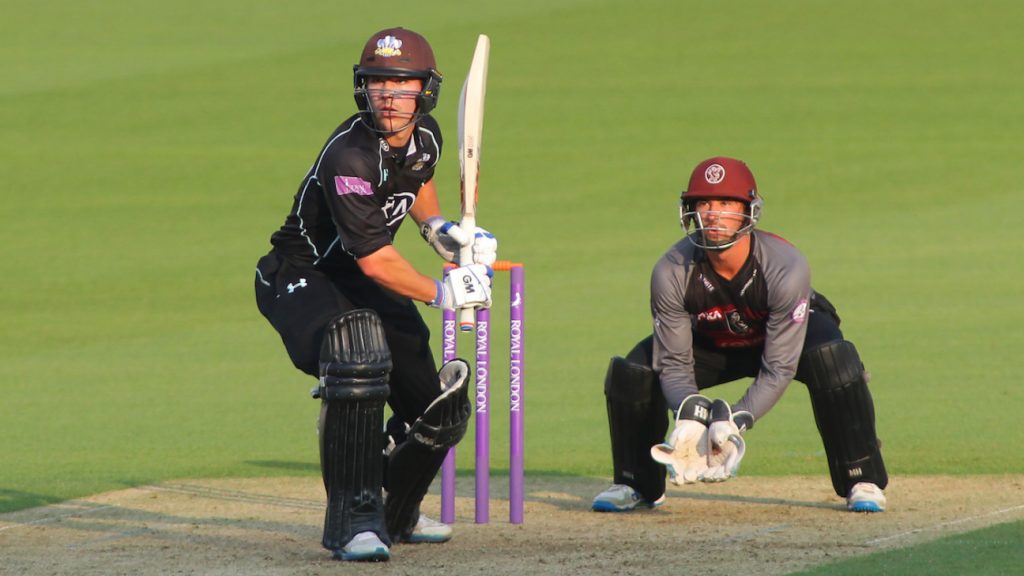
The point position in cricket is a fielding position that is usually occupied by a fielder who is quick and has good reflexes. The point fielder is responsible for fielding any balls that are hit in the area near the batsman, and will often try to stop the ball from reaching the boundary. In order to be successful at this position, the fielder must have good agility and be able to quickly get to the ball.
Backward Point
The backward point in cricket is a fielding position that is often used in the game. It is located in the deep outfield, and the player who occupies this position is responsible for fielding balls that are hit in the direction of the back boundary. This can be a difficult position to play, as it can be hard to get to the ball in time if it is hit deep into the outfield. However, it can also be a very rewarding position to play, as it can lead to some spectacular catches.
Cover
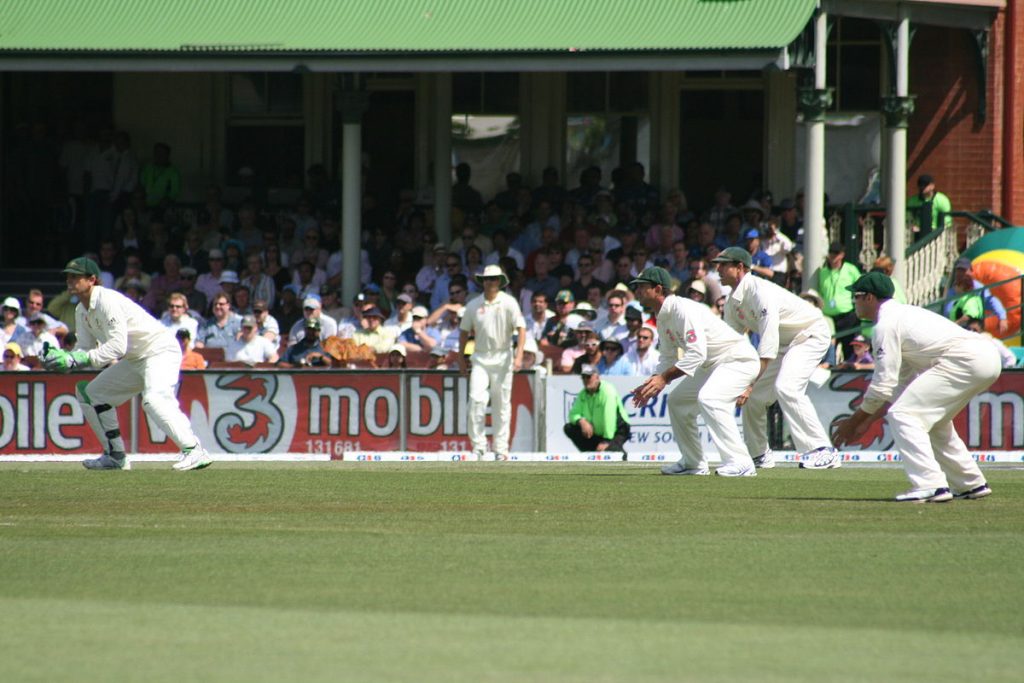
There are three main cover positions in cricket; short cover, deep cover and extra cover. Short cover is the closest to the batsman, while extra cover is the furthest away.
The role of the covers is to field the ball and stop it from reaching the boundary. They also act as a backup for the other fielders, in case they cannot reach the ball.
Covers need to be quick and agile, as they often have to run a long way to get to the ball. They also need good stamina, as they may have to field for long periods of time.
Mid off
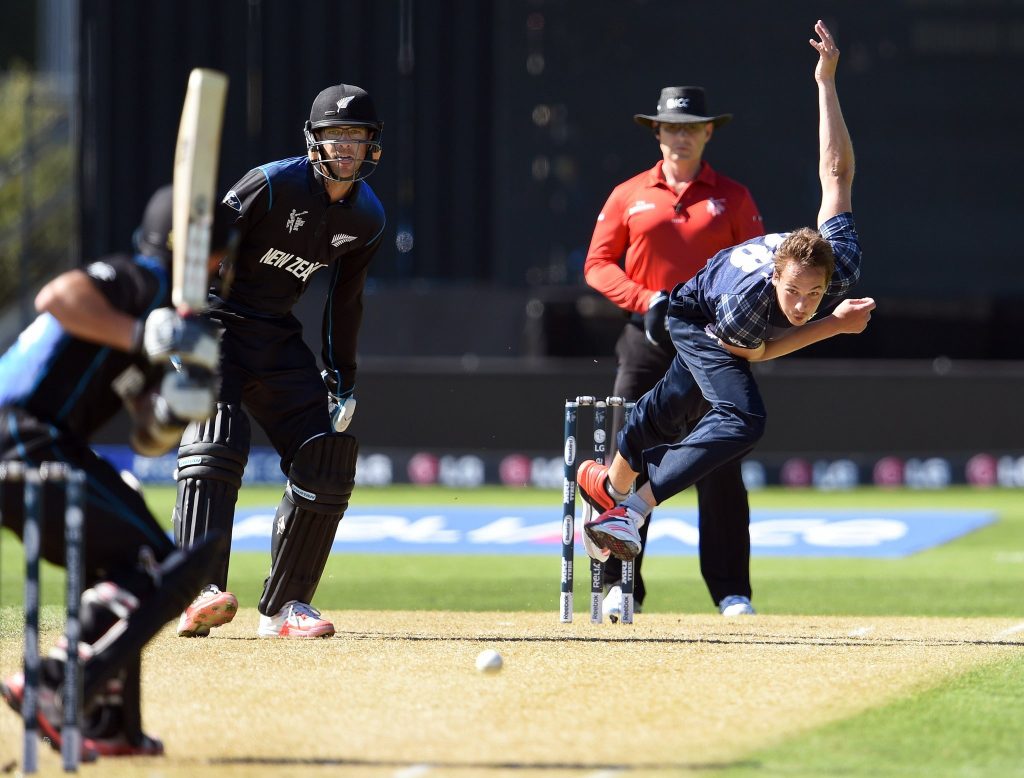
Mid off is a fielding position in cricket, positioned on the off side of the field, in line with the batsman. It is an important defensive position, and the player stationed there is responsible for stopping drives and shots to the off side. The mid off fielder usually stands close to the boundary, in order to cut off any potential boundaries.
Mid on
The mid on position is a key fielding position in cricket. It is the position that is on the leg side of the field, in line with the batsman. This position is responsible for catching balls that are hit towards the leg side of the field. The mid on fielder needs to be quick and agile, so they can catch balls that are hit hard and fast.
Silly point
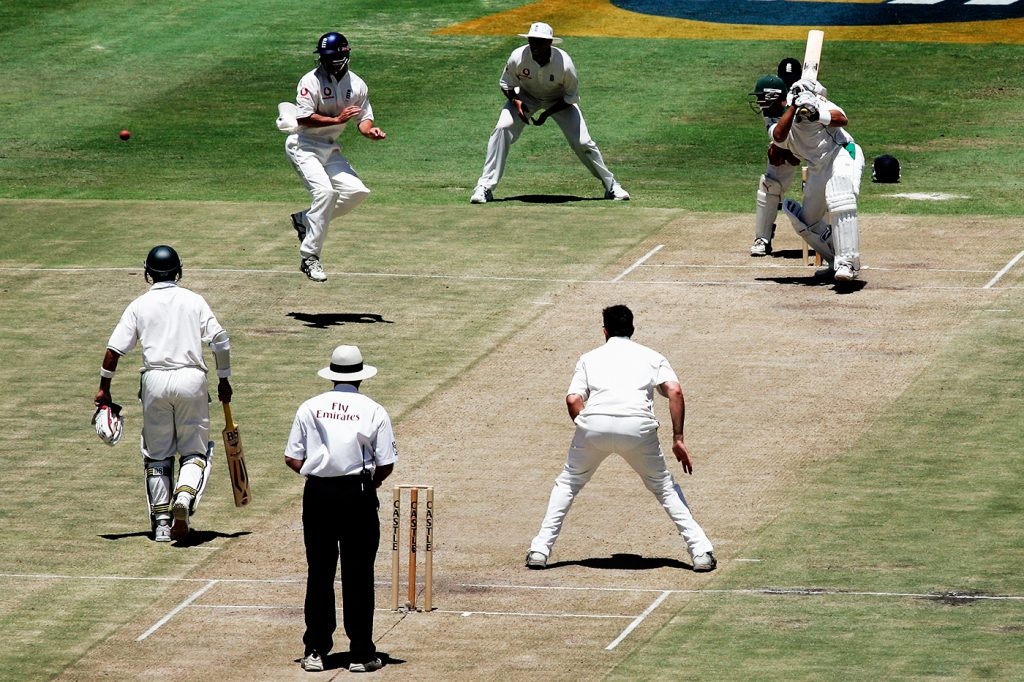
The silly point is a fielding position in cricket that is on the leg side of the field, close to where the batsman is likely to play the ball. It is usually occupied by a fielder who is quick and agile, as they need to be able to move quickly to respond to any shots that are played in their direction. The silly point is often used as a strategic position, as it can be used to cut off runs or to try and catch the batsman out.
Long off
The long off position in cricket is typically a fielding position that is on the off side of the field, further away from the batsman than mid off. This position is often used to field ground balls hit by the batsman, as it allows the fielder to get a good view of the ball and then run towards it to make the catch. The long off position can also be used to field difficult aerial shots hit by the batsman, as it gives the fielder enough time to get under the ball and make the catch.
Long on
The long on position is a key fielding position in cricket. It is located on the leg side of the field, further away from the batsman than mid on. This position is responsible for fielding the ball that is hit towards the boundary on the leg side. The long on fielder needs to be quick and agile, and must have good stamina to run towards the boundary to catch the ball.
Third man
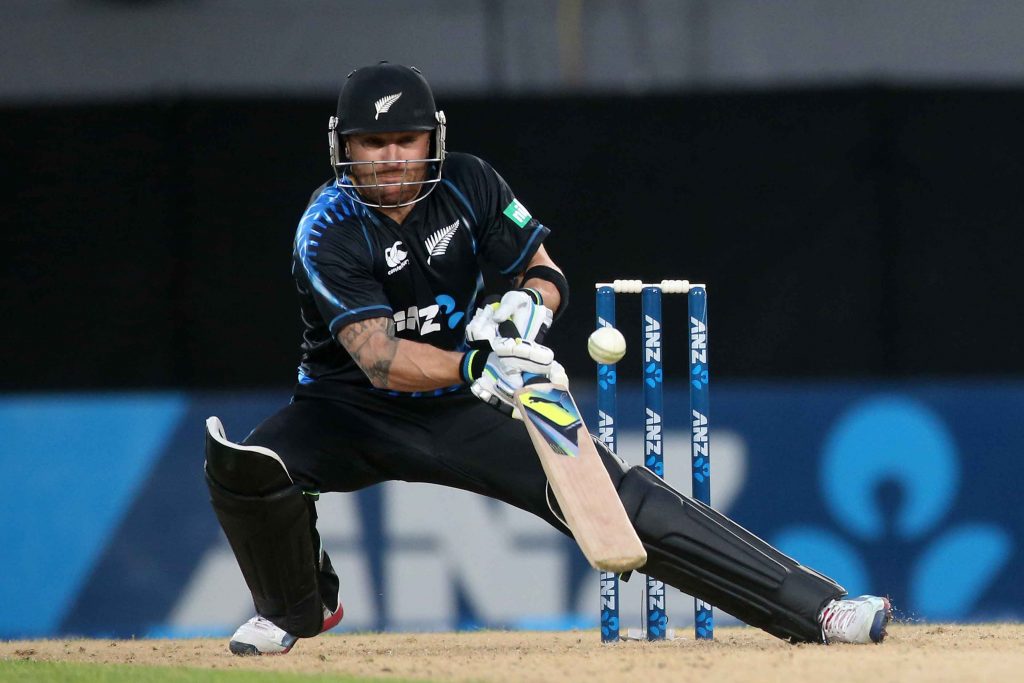
The third man is one of the most important positions in cricket. He is responsible for stopping any balls that are hit towards him and preventing runs from being scored. He also needs to be able to direct the ball away from the boundary if necessary. This can be a difficult task, especially if there are multiple fielders in close proximity. The third man needs to be able to quickly react to the ball and make the right decisions in order to prevent the batsmen from scoring runs.
Fine leg
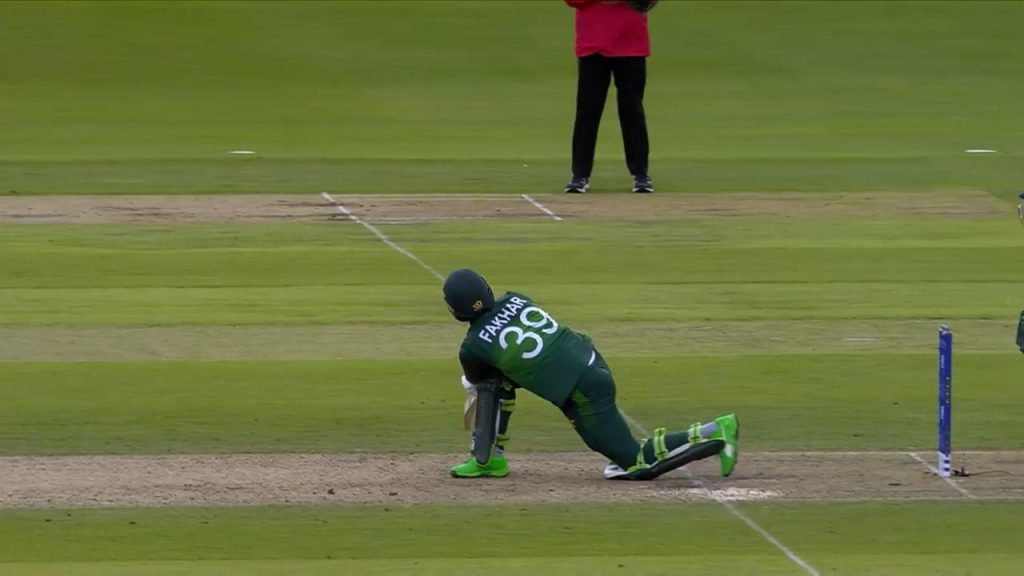
The fine leg in cricket is a fielding position on the leg side of the field, near the boundary. Its role is to catch any balls that the batsman edges towards them, as well as preventing the batsman from hitting the ball to the boundary. The fielder in this position is usually a fast runner, so they can get to the ball quickly if it goes towards the boundary.
Deep Point
The deep point position in cricket is an important defensive role. The player stationed there is responsible for fielding balls hit to the deep outfield, as well as stopping runs from being scored. The deep point needs to be quick and agile, and have a good throwing arm. They also need to be able to hit the ball hard, in order to clear the infield and return the ball to the keeper.
Deep Backward Poing
The deep backward point position in cricket is a defensive fielding position. The player stationed in this position is responsible for catching balls hit in the deep outfield and stopping opponents from scoring runs. This player is also responsible for backing up other players in the infield and preventing runners from advancing. The deep backward point position can be a very important part of a cricket team’s defense.
Final Thoughts
As you can see, there are a variety of different cricket fielding positions, each with its own name and specific role. It is important for all players to be aware of these positions so that they can take up the correct position when required.
Frequently Asked Questions
How many roles are there in cricket?
There are 11 roles in cricket, each with a specific purpose on the field. The captain is the leader of the team and makes strategic decisions about how the team should play. The batsmen try to score runs by hitting the ball with a bat, while the bowlers try to dismiss the batsmen by bowling them out. The fielders try to catch the ball and stop the batsmen from scoring runs. Other roles include the wicketkeeper, who stands behind the stumps and catches balls that hit the wicket, and the umpire, who makes decisions about whether or not a player is out.
What is the hardest fielding position in cricket?
There is no definitive answer as to who or what the hardest fielding position in cricket is. Some say that it is the wicket keeper, while others argue that it is a fielder who has to cover a lot of ground, like an outfielder. What is known for sure, however, is that fielding in cricket can be a very challenging and demanding task, regardless of the position you are playing.
One of the most important aspects of being a good fielder is having quick reflexes. This is especially true for those playing in positions such as the wicket keeper and first slip, where they are constantly dealing with balls coming at them at high speeds. In order to be successful in these positions, players need to have excellent hand-eye coordination and be able to react quickly to make a catch or take down a batsman.
Another critical part of fielding is having good stamina. Players who are required to cover a lot of ground, like outfielders, need to be able to run long distances without getting tired. They also need to be able to jump high and dive for balls that seem like they will just miss them. It can be very exhausting trying to keep up with fast batsmen running between the wickets, so outfielders also need to be in good shape.
Overall, fielding in cricket can be extremely challenging, no matter what position you are playing. Those who are able to master the skills required for the most difficult positions tend to be the most successful players on the field.
Which is the best fielding position in cricket?
There is no definitive answer as to which is the best fielding position in cricket. However, some positions are certainly more advantageous than others. One of the most important things to consider when fielding is where the ball is likely to be hit. If there is a batsman on strike and they are looking to hit the ball towards the boundary, then it is important to have a fielder positioned in the deep. The outfielder in this position has the best chance of catching the ball and stopping it from going over the boundary for six runs.
However, if there is a batsman on strike and they are looking to hit the ball through the infield, then it is important to have a fielder positioned in close proximity. This fielder will have a better chance of stopping the ball before it reaches the boundary. In general, it is important to have a balance of fielders positioned both in deep and close to the wicket, depending on where the batsman is likely to hit the ball.
There are a number of different fielding positions that can be used, depending on the situation. Some of these positions include: slips, gully, point, cover point, mid off, long off, mid on, long on and deep square leg. Each position has its own advantages and disadvantages, so it is important for fielders to be aware of which one would be most beneficial in each situation.
What is the country’s fielding position in cricket?
Each country has its own fielding positions that are specific to the game of cricket. These positions will be different from other sports, such as soccer or baseball.
What is a cow corner in cricket?
A cow corner is a position in cricket that is made up of the two outermost infielders on the right and left side of the diamond, respectively. The name for this position comes from the fact that these players are usually stationed near first and third base – the “corners” of the diamond. Generally, these players are responsible for fielding balls hit to their side of the diamond, and can also be called upon to assist in covering other parts of the field as needed.
Why is it called 3rd man in cricket?
The third man in cricket is a fielding position. It is located on the off side, between the slip fielders and the midwicket fielder. The third man is generally responsible for catching balls that go over the head of the first and second slips.
The position gets its name from its original purpose, which was to act as a backup for the two main slips fielders. If one of the two slips fielders missed a catch, the third man would be there to take it. However, nowadays the third man is just as likely to take a catch as either of the other two fielders.
The third man is also responsible for stopping runs from being scored on the off side. He will often stand close to the boundary, in order to cut off any potential runs. This makes him an important part of the fielding team, as he can help to stop opposition batsmen from scoring too many runs.
Overall, the third man is an important part of the cricket team and plays a key role in defending against opposition batsmen.


















